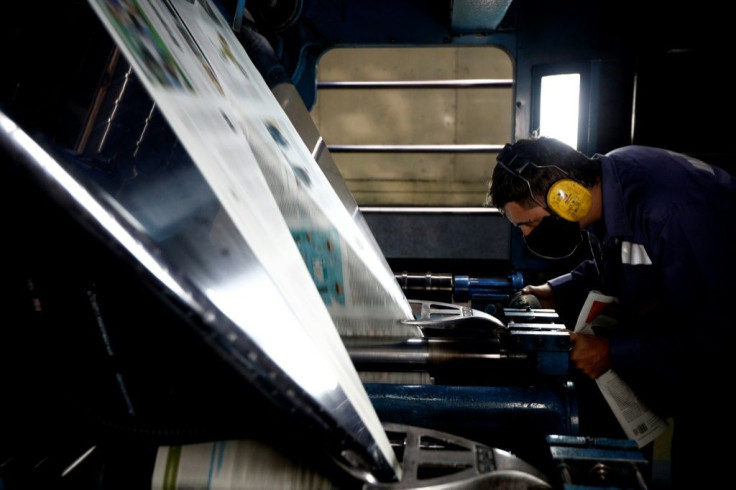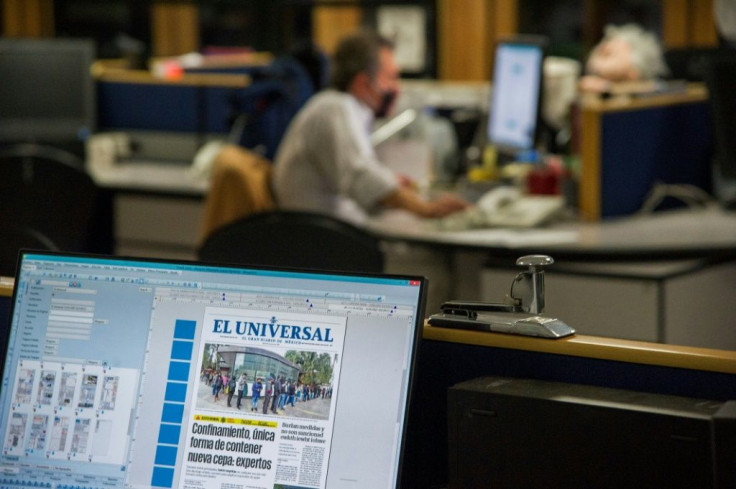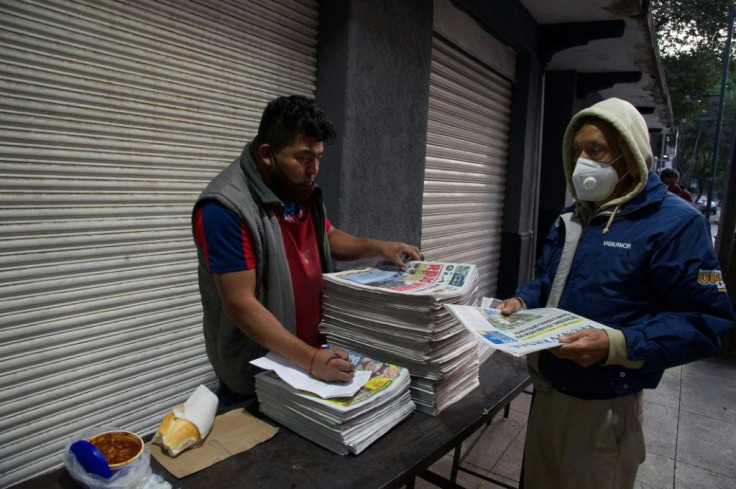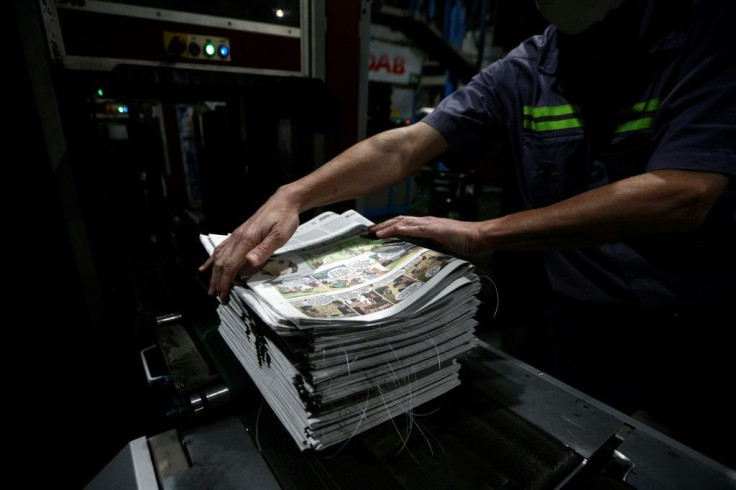Latin American Newspapers Bet On Digital Subscriptions
Facing a major slump in printed newspaper sales and advertising revenue, Latin America's press is fighting for survival -- and increasingly betting on paid digital subscriptions as readers turn to the internet.
The decline in advertising dollars has been exacerbated by the economic crisis caused by the coronavirus pandemic, as well as its impact on potential readers' salaries and their ability to pay for content.
As a result, dailies have been pitched into a battle with social networks for clicks, shares and likes that some experts say has put credibility at stake.

It is a dilemma that media worldwide are grappling with as the decades-old model of print advertising funding large payrolls and low newspaper prices is swept away by online platforms.
"Big traditional media had structures that were often inefficient, sustained by an extremely successful and profitable business that is now finished," said Diego Salazar, a Peruvian journalist and author of a book on the decline of the journalism business.
Last year, plunging demand forced El Salvador's Diario Colatino to move to a digital-only format.
The one-third of its workers who kept their jobs saw their salaries cut in half.

"It's the worst crisis in 130 years," said the newspaper's manager, Francisco Valencia.
With newsrooms shrinking as major cost cuts lead to layoffs, newspapers are seeking to persuade readers that it is worth paying for quality journalism, even online.
"In Latin America, there are people who want and need quality information and who can pay for it. I'm optimistic," said Jan Martinez Ahrens, director of the Americas at Spanish daily El Pais.
But Diego Morales, a 49-year-old Mexican computer scientist, is among those who see payment barriers as bad news.

"By charging us, they limit access to information," said Morales, who regularly reads the news but does not plan to subscribe to the digital editions.
Eduardo Garces, general manager of Colombia's El Espectador, which launched its subscription model in 2018, believes that audiences will gradually get used to paying for quality news "as they already do for music and entertainment."

A survey by the private organization Luminate -- carried out in mid-2020 in Argentina, Brazil, Colombia and Mexico -- found that 13 percent of the digital news readers polled already pay for a subscription.
Although low, this figure shows a greater willingness to pay than in some European countries, according to the study, which nevertheless found that nine out of 10 non-subscribers see no reason to pay.
The challenge is to persuade readers that "information that is carefully gathered, truthful, verifiable and well-presented is valuable," said Mario Dorantes, deputy director of content at Mexican newspaper El Universal.
The flip side is that even some traditional media have turned to sex, sensationalism and the recycling of viral videos from social networks to lure readers.
"In the race for clicks," said Salazar, "many of these media have seen their prestige suffer."
On top of the crisis surrounding the business model, there is a growing mistrust of the press.
According to a global report last year from the Reuters Institute, which studied 40 countries including Chile, Argentina, Brazil and Mexico, on average only 38 percent of respondents usually trust the news, down from 42 percent in 2019.
In Argentina and Chile, confidence was around 30-33 percent, compared with 51 percent in Brazil.
Although digital subscriptions have grown globally, most people remain satisfied with free news.
Martinez Ahrens believes the answer is to focus on readers, not the algorithms that drive internet searches.
"I would rather respond to a reader angry about the poor quality of an article, or who believes that we have deviated from our objectives, than depend on Google and its algorithm," he said.
One way or another, however, the reader has to pay, said Mexican student Carlos Coria.
"I don't think there's any media that's 100 percent free," the 30-year-old said.





















